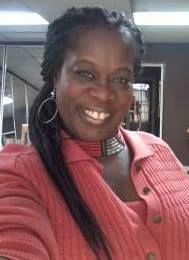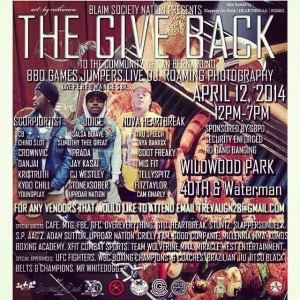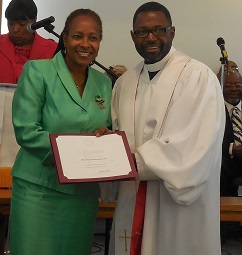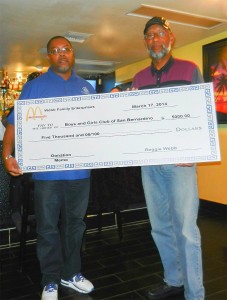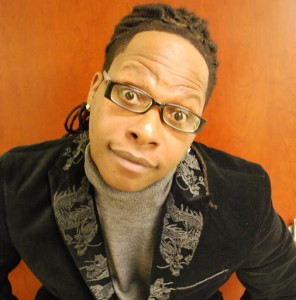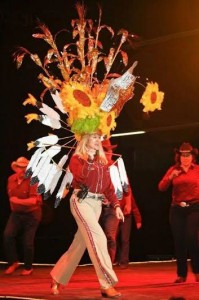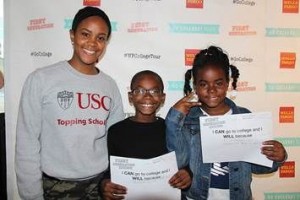Local Youth Win Big at Annual Trout Derby for Kids
ONTARIO, CA- Ontario, CA – An amazing 238 youth and their families came to Cucamonga-Guasti Regional Park for the annual Trout Derby for Kids on Saturday, March 29. The event was organized by San Bernardino County’s Regional Park Department along with Friends of Regional Parks and Bass Pro Shop in Rancho Cucamonga. This event was a great opportunity for young fishing enthusiast to show off their skills and try to catch the biggest fish in the lake. However this derby also offered a prize for the smallest trout caught.
Just about every participant caught something with over 250 trout getting weighed in. An excited 13 year old Lathan Mallory from Bloomington reeled in the winning trout that came in at an impressive 1.05 pounds. Lathan took home a wagon full of fishing supplies and a trophy for his worthy performance. The smallest trout was rewarded to Raychel Leal of La Quinta who caught a whopping 2 oz. beast. It was a great day of fishing and fun for the families that came out for the derby. Congrats to Lathan and Raychel for their great work! For more information on our other events, visit http://www.sbcounty.gov/parks
 Westside Story Newspaper – Online The News of The Empire – Sharing the Quest for Excellence
Westside Story Newspaper – Online The News of The Empire – Sharing the Quest for Excellence

